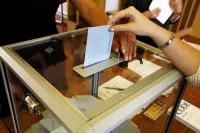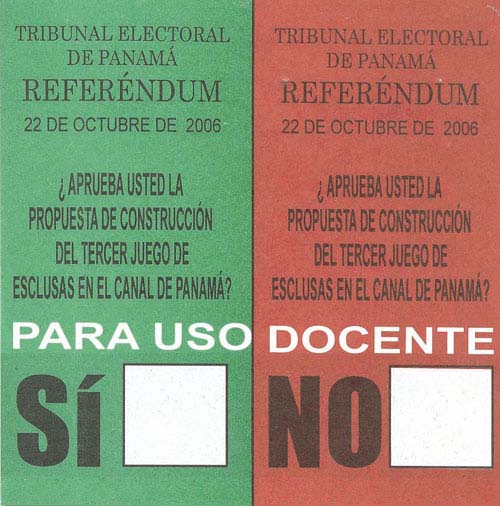1965: Marble Voting System in Gambia
In 1965, Gambia introduced a unique voting system using marbles to accommodate its illiterate population. Voters drop marbles into color-coded drums representing candidates, with a bell confirming each vote. Bicycles are banned near polling stations to prevent confusion.
1982: Six-Option Plebiscite in Guam
In 1982, Guam held a plebiscite with six options, including a blank option that allowed voters to campaign and vote for a seventh option.
1992: Multi-Option Referendum in New Zealand
In 1992, New Zealand held a referendum with five options, a departure from the usual binary format of most referendums.
2005: Estonia's First Online Voting
Estonia implemented online voting for its local elections in 2005, becoming one of the earliest adopters of this technology.
2014: Plurality Voting and Majority Requirements
In 2014, a Toronto election highlighted the difference between plurality voting (winning with the most votes) and majority voting (winning with over half the votes). Plurality voting can result in winners with significantly less than half of the total votes, sometimes as low as 18%, as seen in the 2014 Toronto election.
Mentioned in this timeline
New Zealand is an island country located in the southwestern...
Estonia officially the Republic of Estonia is a Northern European...
Guam is an organized unincorporated territory of the United States...

An election is a structured decision-making process where a population...
Trending

Simon Cowell is a prominent English television personality and businessman recognized for his role as a judge on various talent...

7 months ago Gary Payton Reflects on Jordan Matchup and Hypothetical Stats in Today's NBA

11 days ago Spurs Defeat Nuggets in Thrilling Game, Mavericks Face Nuggets

22 days ago Michael Douglas and Catherine Zeta-Jones Celebrate 25 Years of Marriage with Throwbacks
Luke Kornet is an American professional basketball player currently playing for the San Antonio Spurs in the NBA He's a...

6 months ago Jack Black's Minecraft Movie Sets Premiere on HBO Max, June 20, 2025
Popular

Candace Owens is an American conservative political commentator and author...

Ilhan Omar is an American politician currently serving as the...

XXXTentacion born Jahseh Dwayne Ricardo Onfroy was a controversial yet...

Tom Cotton is an American politician and Army veteran currently...
The Kennedy Center Honors are annual awards recognizing individuals and...

Kelsey Grammer is an accomplished American actor producer and singer...
